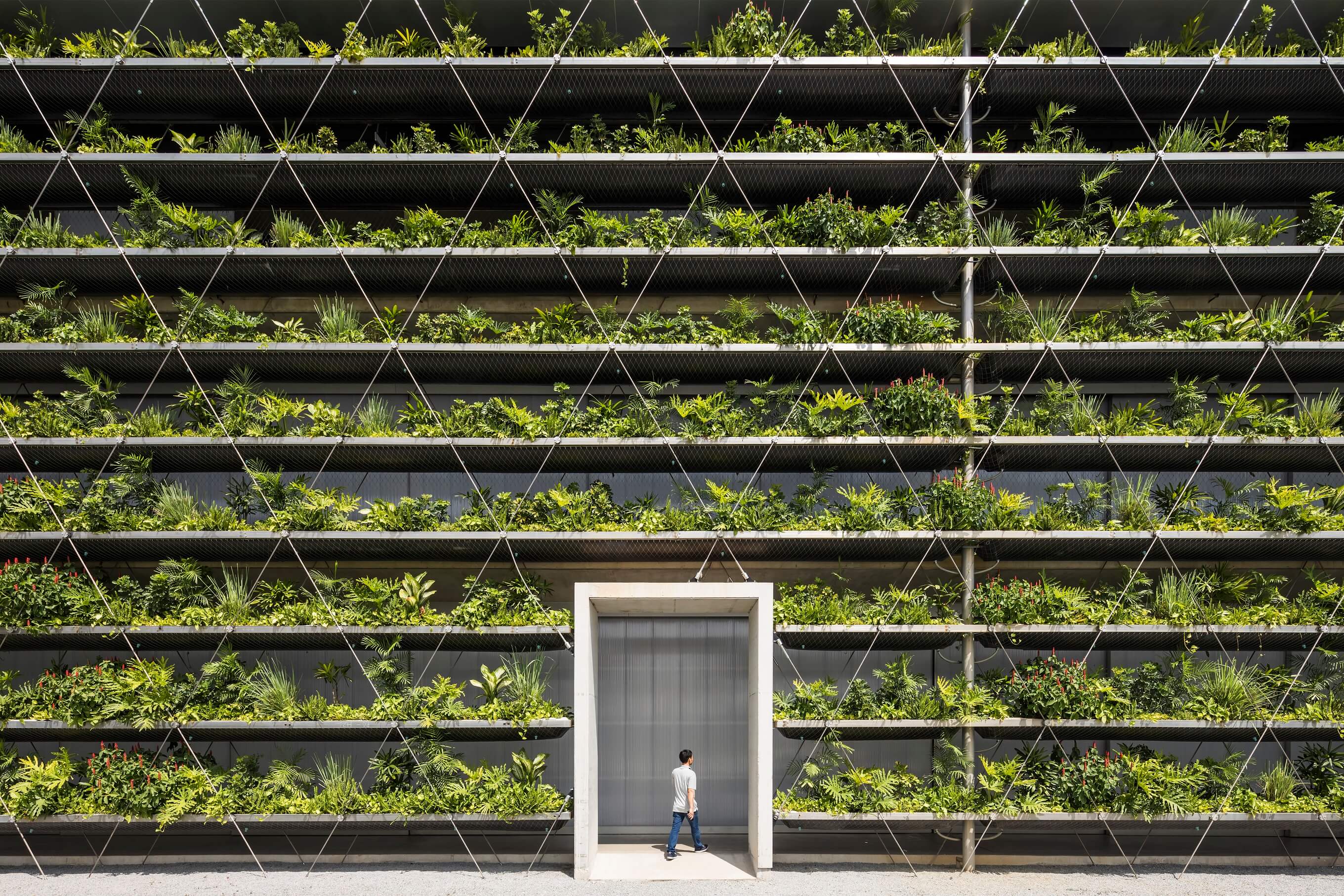Green shoots: The future of urban rewilding and vertical farming

Can these two disruptive design solutions really deliver greener cities for us all?
Meeting our collective needs for food production and housing, while preserving the best of our natural landscape, is a precarious balance. Today, how we use and value land is rightly under the microscope as never before. With around 56 per cent of the global population living in cities – an urban population of 4.4bn that the World Bank predicts will double by 2050 – we need to do more with less space. Two possible solutions are gaining momentum: urban rewilding and vertical farming. Here’s what the future holds for both.
A walk on the wild side
The independent charity Rewilding Britain defines rewilding as “the large-scale restoration of ecosystems to the point where nature is allowed to take care of itself. It encourages a balance between people and the rest of nature so that we can thrive together.”
Knight Frank’s Farms and Estates team are increasingly asked for advice from clients who want to rewild parts of their land in both rural and urban contexts, but the process is often misunderstood, says Andrew Shirley, Partner and head of Knight Frank’s Rural Research and Luxury Investments.
“Many clients want an attractive, natural landscape but that’s not rewilding. If you leave land to its own devices, you generally get a messy patch rather than bucolic nature. A large part of our role is explaining what rewilding entails and how it can best be achieved given that in the UK, it will always have to be a managed process.”

Small changes, big results
Successful urban rewilding can help reverse biodiversity loss and species extinction, curb the effects of climate change on wildlife and improve our health and wellbeing through cleaner air, water and access to nature. The Zoological Society of London’s 2022 Rewilding Our Cities report called for urgent action on rewilding in British cities, advocating for the UK to set an international example.
“There’s so much everyone can do to support positive change,” says Dr Nathalie Pettorelli, senior scientist at ZSL and lead author on the report. “For example, by leaving part of a garden wild and avoiding artificial turf and pesticides, we can all do our bit to secure a future where wildlife and people coexist.”

Vertical farming is putting down roots
Beyond rewilding space in our cities, can vertical farming feed the urban population more effectively? Growing crops in vertically stacked layers – whether inside buildings or on their exteriors – means more is grown on less land, and food can be much grown closer to where it is consumed, extending the shelf life of produce.
Architects like Austrian studio, Precht, are making headway in designing scaleable urban buildings that function as both modular homes and vertical farms (see their Vertical Farmhouse concept), while Space10, IKEA’s innovation hub, have been experimenting with indoor vertical farming since 2017.
If governments can incentivise these technologies, the benefits could be huge. On vertical farms, crops require less pesticides and can be quickly switched to meet consumer demand. Moreover, water usage and transportation costs are both reduced by 90-95 per cent. Jones Food Company, JFCo, is one success story, building and operating the world’s largest vertical farms and supplying approximately 15 per cent of the UK’s cut basil from a single farm in Lincolnshire.



Circular thinking
Despite the promise of these new initiatives, the start-up costs are high. So too are utility costs, with vertical farming requiring substantial amounts of electricity for lighting and ventilation.
“There’s plenty of potential in the UK to produce food closer to where it will be consumed through vertical farming,” says Andrew Shirley. “It’s crucial, however, to ensure it is carefully produced as part of a circular economy. We have seen a number of schemes collapse in the UK recently because of spiking energy costs. If you’re producing a relatively high value crop, herbs for example, you must be confident you can sell it at a reasonable mark up and that’s not always the case.”
Economies of scale are clearly critical, but with Market Data Forecast predicting annual growth of 22 per cent for the sector in Europe between 2021 and 2026, the future for vertical farming is looking up.





